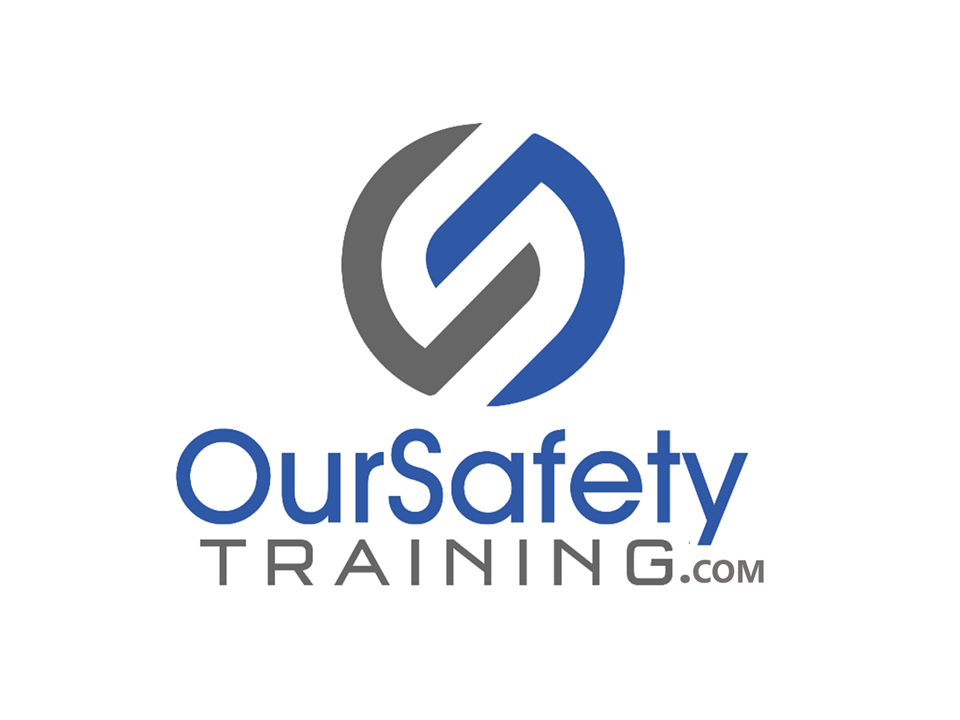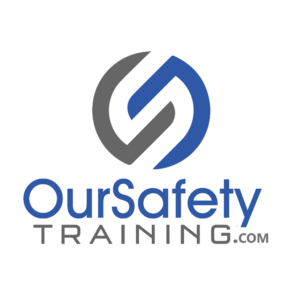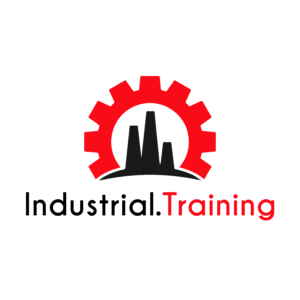Description
Basic structure consists of the following units customized to your company’s requirements:- Awareness and Proper Use of Personal Protective Equipment (PPE): Employees will understand the types of PPE required for their tasks (e.g., helmets, gloves, eye protection) and the importance of always wearing it correctly. Proper PPE use is crucial for preventing injuries and maintaining personal safety.
- Emergency Procedures and Evacuation Protocols: Employees will learn emergency procedures, including evacuation routes, alarm signals, and assembly points, ensures that employees can respond effectively in case of fire, chemical spills, or other emergencies. Regular training and drills reinforce familiarity with these protocols will be established.
- Hazard Identification and Risk Assessment: Employees will be trained to recognize potential hazards in their work environment, such as slippery floors, electrical hazards, or equipment risks. Understanding risk assessment processes helps them take proactive steps to minimize or report hazards and reduce the likelihood of accidents.
- Safe Handling and Operation of Machinery: Employees who work with machinery must know safe handling practices, machine guard usage, lockout/tagout (LOTO) procedures, and the importance of reporting any malfunctioning equipment. Employees will learn this vital information to prevent injuries related to machinery use and maintenance.
- Good Housekeeping and Maintaining a Safe Workspace: A clean, organized workspace reduces accidents and promotes safety. Employees will be trained to keep floors clear of debris, store materials properly, and regularly inspect and maintain their work areas to avoid hazards relate


